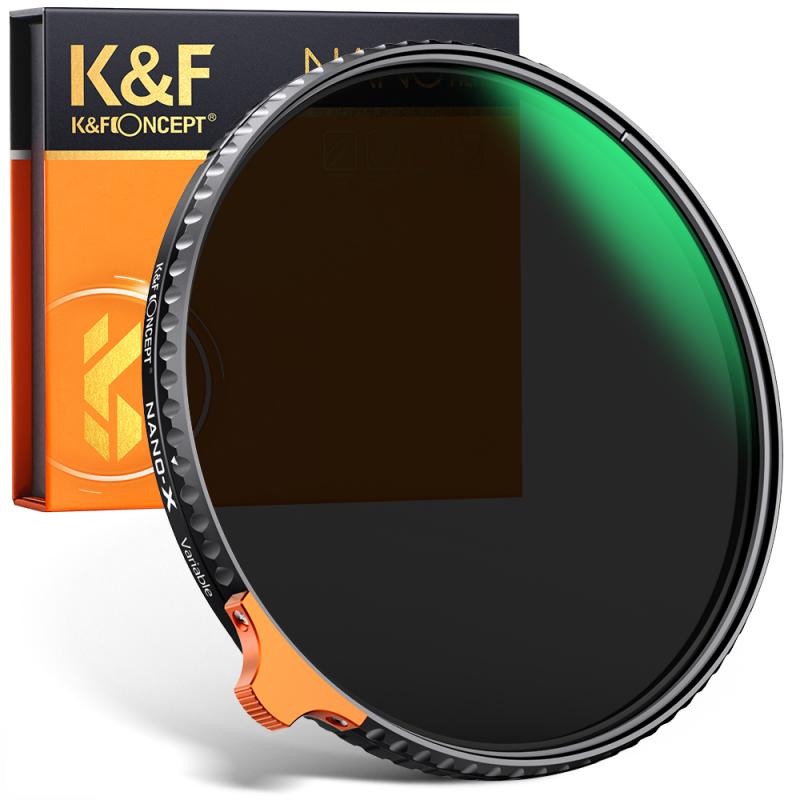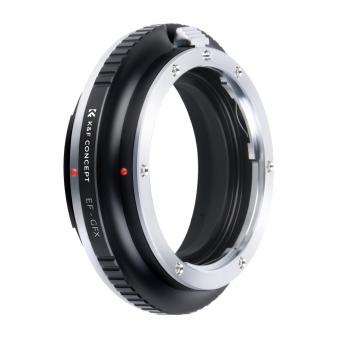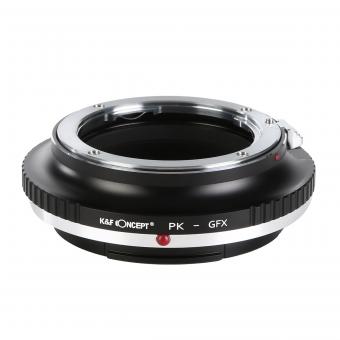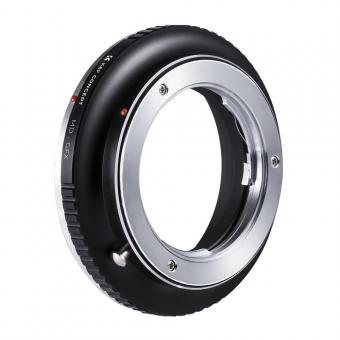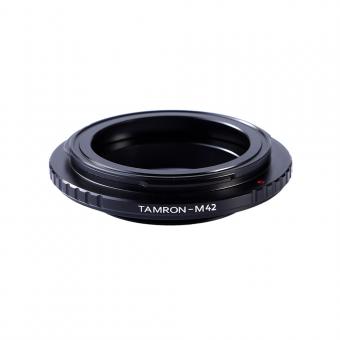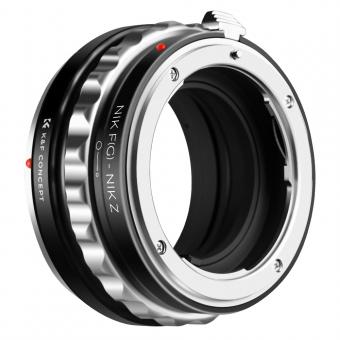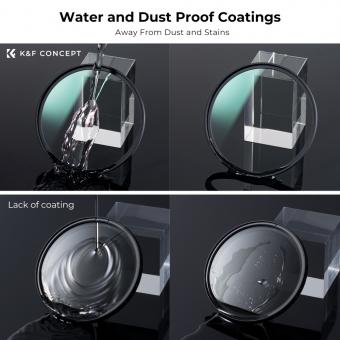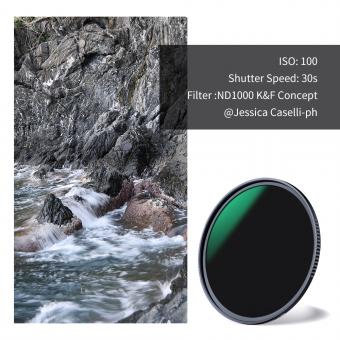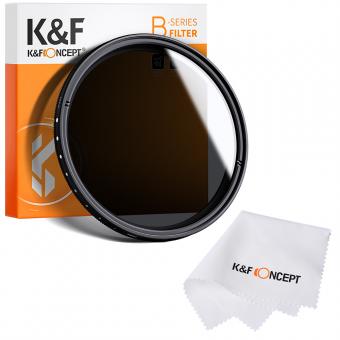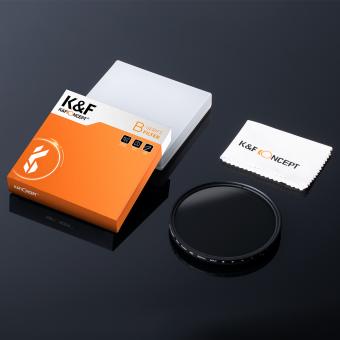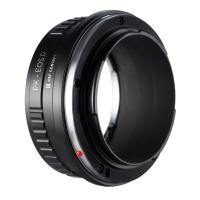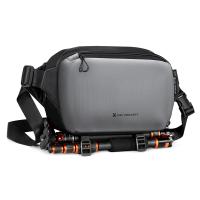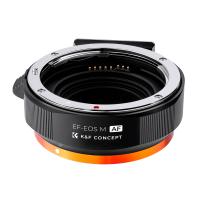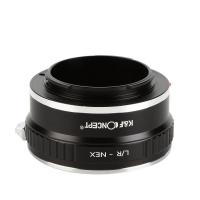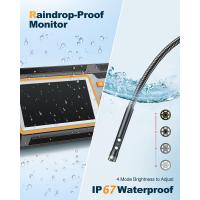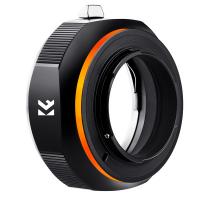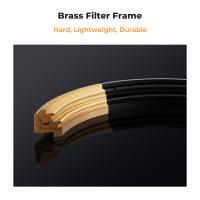Why Use Filters On Lenses ?
Filters are used on lenses for various reasons. One common use is to enhance the quality of photographs by reducing glare and reflections. For example, a polarizing filter can be used to minimize reflections from water or glass surfaces, resulting in clearer and more vibrant images. Filters can also be used to correct color balance and temperature, such as using a color correction filter to compensate for different lighting conditions. Additionally, filters can be used for creative purposes, such as adding special effects like softening or blurring the image, or creating dramatic color shifts. Overall, filters provide photographers with a versatile tool to manipulate and improve the visual outcome of their photographs.
1、 Optical Enhancement: Improving image quality and clarity through filtration.
Why use filters on lenses? One of the primary reasons is optical enhancement, which involves improving image quality and clarity through filtration. Filters can be used to modify the light entering the lens, resulting in various effects and improvements in the final image.
One common type of filter is the UV filter, which is primarily used to reduce the bluish cast that can occur when photographing landscapes or scenes with a lot of atmospheric haze. UV filters also provide protection for the front element of the lens, shielding it from dust, moisture, and scratches.
Another popular filter is the polarizing filter, which helps to reduce glare and reflections from non-metallic surfaces such as water or glass. By selectively blocking certain light waves, polarizers can enhance color saturation and contrast, resulting in more vibrant and detailed images.
Neutral density (ND) filters are used to reduce the amount of light entering the lens, allowing for longer exposures or wider apertures in bright conditions. This can be particularly useful in landscape photography, where longer exposures can create smooth water effects or capture movement in clouds.
In recent years, there has been a growing trend towards digital post-processing and software-based filters. While these tools offer a wide range of creative possibilities, there are still advantages to using physical filters on lenses. For instance, using a polarizing filter at the time of capture can provide more accurate and natural results compared to applying a digital polarizing effect later.
In conclusion, filters on lenses offer optical enhancement by improving image quality and clarity through filtration. Whether it's reducing haze, enhancing colors, or controlling light, filters provide photographers with a versatile tool to achieve their desired results.
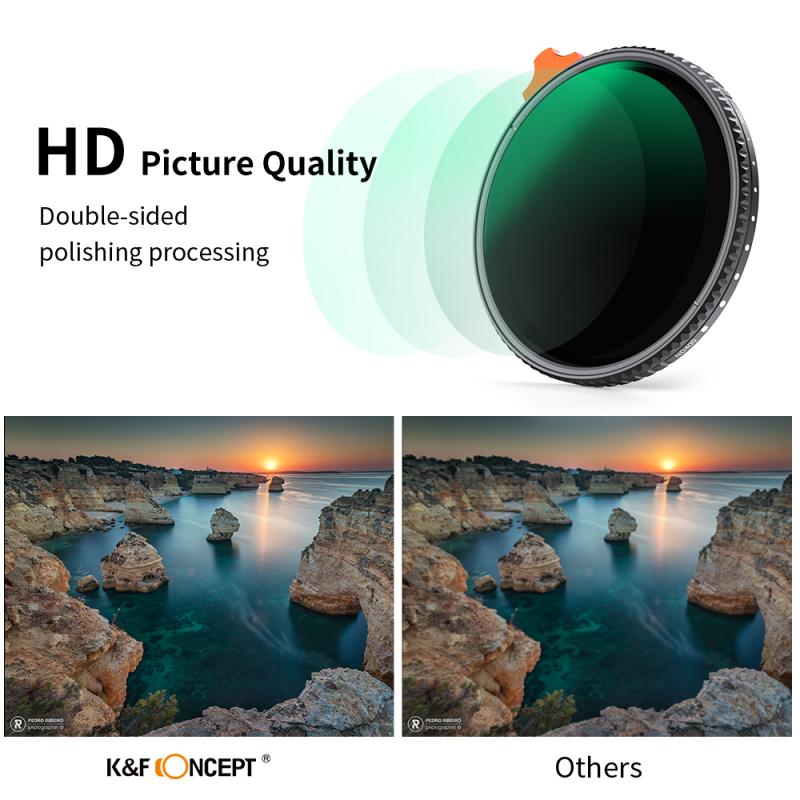
2、 Light Control: Managing exposure and reducing glare with filters.
Why use filters on lenses? One of the main reasons is light control. Filters help photographers manage exposure and reduce glare, resulting in better image quality. By using filters, photographers can manipulate the amount of light that enters the camera, allowing them to achieve the desired exposure for their shots.
Exposure control is crucial in photography as it determines how light or dark an image appears. Filters such as neutral density (ND) filters can be used to reduce the amount of light entering the lens, enabling photographers to use longer shutter speeds or wider apertures without overexposing the image. This is particularly useful in situations where there is too much light, such as when shooting in bright sunlight or capturing long-exposure shots of moving water.
Glare is another common issue that filters can help address. Glare occurs when light reflects off shiny surfaces or enters the lens at unfavorable angles, resulting in unwanted reflections and reduced image clarity. Polarizing filters are specifically designed to reduce glare by blocking certain polarized light waves. They are commonly used in landscape photography to enhance colors, reduce reflections on water or glass, and improve overall image contrast.
In addition to these traditional reasons, the latest point of view on using filters is that they can also serve creative purposes. Filters like color filters or graduated neutral density filters can add artistic effects to photographs, allowing photographers to experiment with different tones, hues, and gradients. These filters can enhance the mood of an image or create a specific atmosphere, giving photographers more creative control over their shots.
In conclusion, using filters on lenses is essential for light control in photography. They help manage exposure, reduce glare, and provide creative opportunities. Whether it's achieving the perfect exposure, minimizing reflections, or adding artistic effects, filters play a crucial role in enhancing image quality and allowing photographers to capture their vision.

3、 Creative Effects: Achieving artistic results by using various filter types.
Why use filters on lenses? One of the main reasons is to achieve creative effects and artistic results. Filters can enhance and transform the appearance of photographs, adding a unique touch to the final image.
Filters come in various types, each serving a specific purpose. Some common filter types include polarizing filters, neutral density filters, graduated filters, and color filters. Each of these filters can be used to manipulate light, color, and exposure in different ways, allowing photographers to create stunning and visually appealing images.
Polarizing filters, for example, can reduce glare and reflections, making colors appear more vibrant and saturated. Neutral density filters, on the other hand, can help control exposure by reducing the amount of light entering the lens, allowing for longer exposures or wider apertures in bright conditions. Graduated filters are useful for balancing exposure in scenes with high contrast, such as landscapes, by darkening the brighter areas of the image.
Using filters on lenses also provides photographers with the opportunity to experiment and explore their creativity. By combining different filters or using them in unconventional ways, photographers can achieve unique and artistic effects that cannot be replicated in post-processing. Filters can add a dreamy, vintage, or dramatic look to photographs, enhancing the overall mood and storytelling.
In the latest point of view, filters continue to be a valuable tool for photographers, even in the digital age. While many effects can be achieved through post-processing software, using filters directly on the lens allows photographers to see the effects in real-time, making it easier to compose and capture the desired image. Additionally, using filters in-camera can help reduce the amount of time spent on editing, allowing photographers to focus more on the creative process and capturing the moment.
In conclusion, filters on lenses are used for creative effects and achieving artistic results. They provide photographers with a range of options to manipulate light, color, and exposure, allowing for unique and visually appealing images. Filters continue to be a valuable tool for photographers, offering real-time effects and enhancing the creative process.
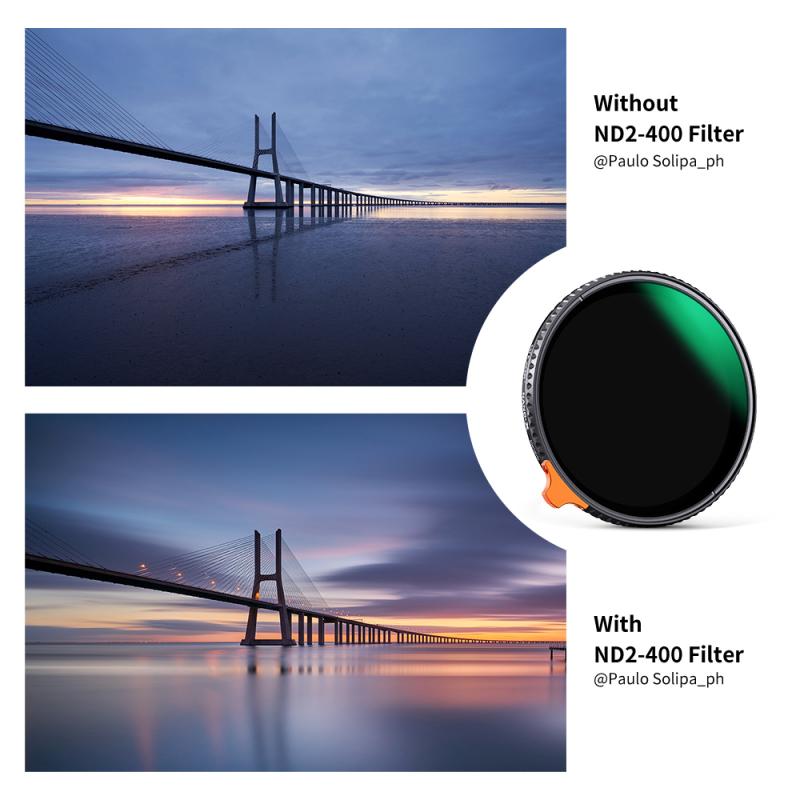
4、 Color Correction: Balancing and adjusting colors for accurate representation.
Filters are used on lenses for various reasons, and one important purpose is color correction. Color correction filters help in balancing and adjusting colors to ensure accurate representation in photographs or videos.
In photography and cinematography, lighting conditions can vary significantly, leading to color imbalances. For instance, different light sources such as natural daylight, tungsten bulbs, or fluorescent lights emit light with different color temperatures. This can result in a shift in the color rendition of the subject being captured. Color correction filters are designed to counteract these color temperature variations and bring the colors back to their true representation.
By using color correction filters, photographers and filmmakers can achieve more accurate and natural-looking images. These filters work by selectively filtering out certain wavelengths of light, thereby compensating for the color temperature of the light source. They help in eliminating unwanted color casts and ensuring that the colors in the final image or video appear as they would in real life.
Moreover, color correction filters can also be used creatively to enhance the mood or atmosphere of a scene. For example, using a warm color correction filter can add a golden tone to a sunset scene, while a cool filter can create a colder and bluish ambiance.
From a modern perspective, advancements in digital post-processing have made it possible to correct color imbalances in software. However, using filters on lenses still offers several advantages. Filters allow photographers and filmmakers to see the color correction in real-time through the camera's viewfinder, enabling them to make immediate adjustments. Additionally, using filters can reduce the amount of post-processing required, saving time and effort in editing.
In conclusion, using filters on lenses, particularly color correction filters, is essential for balancing and adjusting colors to achieve accurate representation in photography and cinematography. While digital post-processing can correct color imbalances, filters offer real-time adjustments and can enhance the creative process.
